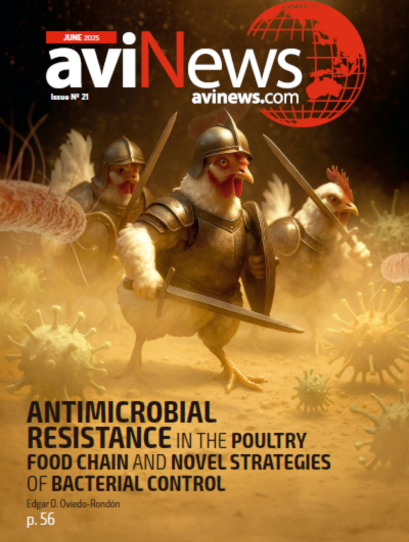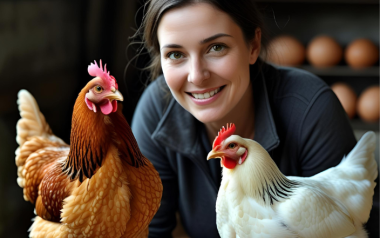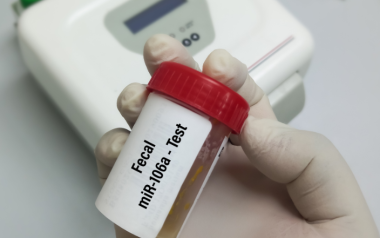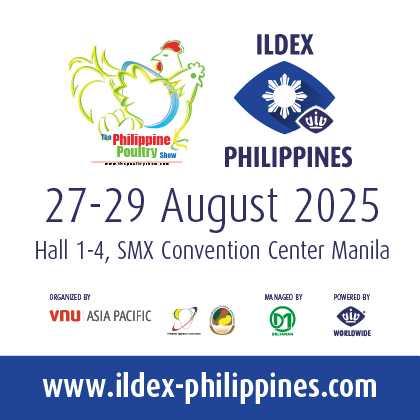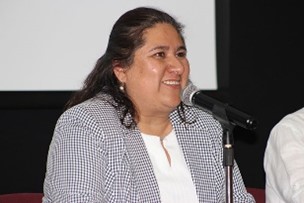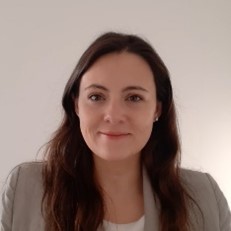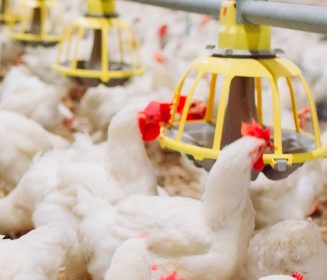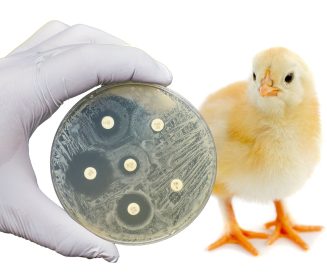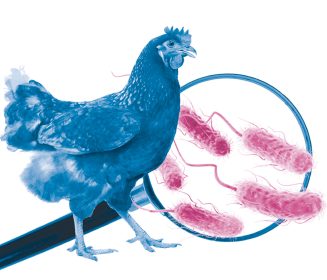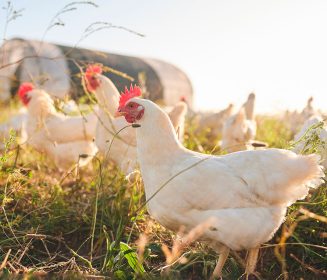“Traditional culturing can take days or weeks, and some modern rapid tests are extremely expensive and require training,” Alocilja said. “The goal is to create rapid tests that are inexpensive and accessible, and easy enough to use that people from many different industries can implement them.”
14 Jun 2022
MSU researchers will develop a rapid test for foodborne pathogens
A Michigan State University (MSU)-led research team has received a $769,000 grant from the U.S. Department of Agriculture’s (USDA) National Institute of Food and Agriculture (NIFA) to develop a rapid biosensor test for foodborne pathogens...
A Michigan State University (MSU)-led research team has received a $769,000 grant from the U.S. Department of Agriculture’s (USDA) National Institute of Food and Agriculture (NIFA) to develop a rapid biosensor test for foodborne pathogens. The project is supported by NIFA’s Agriculture and Food Research Initiative.
The rapid test will be used onsite at poultry farms and processing facilities to inspect large samples for Salmonella and Campylobacter, two common foodborne illness-causing bacteria.
Evangelyn Alocilja, a professor in the MSU Department of Biosystems and Agricultural Engineering, is leading the project. Alocilja, whose work is also supported by MSU AgBioResearch, is a world-renowned expert in rapid biosensing diagnostics for infectious and antimicrobial-resistant diseases, having developed such tests for tuberculosis, dengue and COVID-19.
According to the USDA Economic Research Service, the U.S. economic burden of Salmonella and Campylobacter from all sources exceeded $6 billion in 2018.
- Alocilja said previous studies have shown poultry products are one of the most common sources of infection due to bacterial contamination from farm production practices and processing equipment.
Currently, pathogen detection is achieved through traditional bacterial culturing, which is time-intensive and often impractical.
Existing rapid tests are expensive and may necessitate trained personnel and a laboratory-style environment, exacerbating the need for an inexpensive and easy-to-use alternative.
For this project, the team’s objectives
TO CONTINUE READING REGISTER IT IS COMPLETELY FREE
Access to articles in PDF
Keep up to date with our newsletters
Receive the magazine for free in digital version
REGISTRATION
ACCESS
YOUR ACCOUNT
LOGIN
Lost your password?

